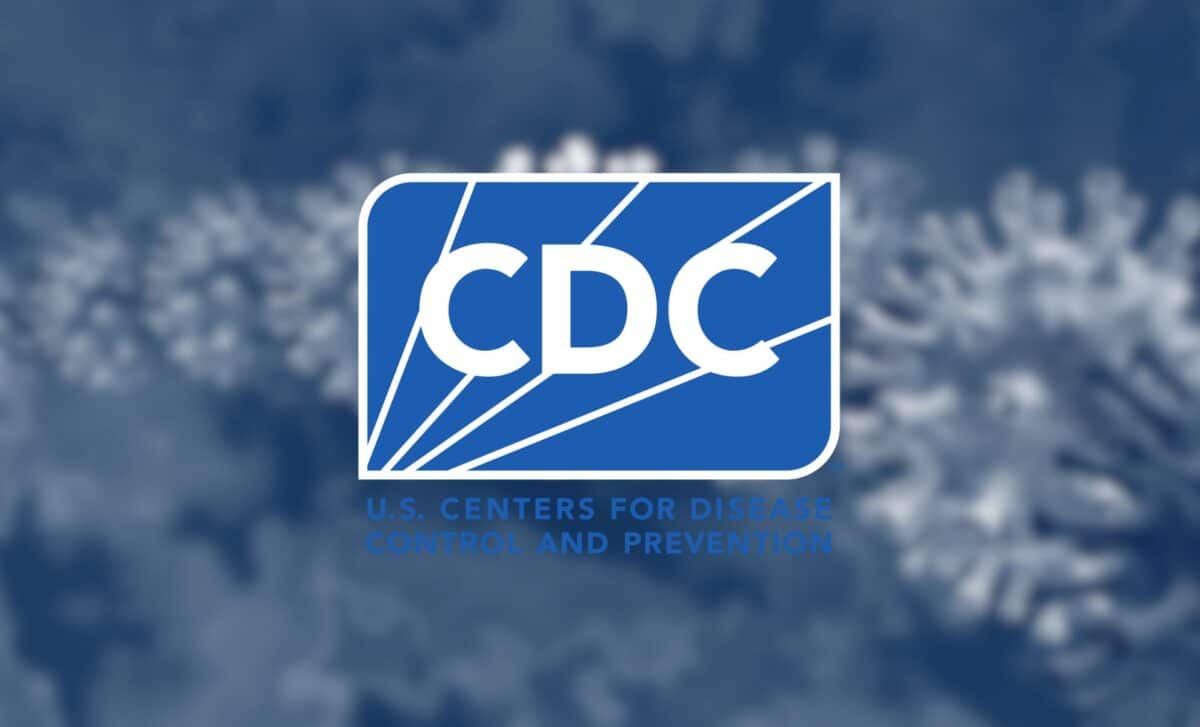The Trump administration has made a decisive move to retract $11.4 billion in COVID-19-related funds, allocated for state and local health departments, health organisations, and global public health projects. As the U.S. government signals an end to emergency pandemic responses, the decision has raised concerns about the long-term impact on public health infrastructure across the nation.
Health experts and officials have expressed alarm, stating that although the pandemic’s federal emergency status has ended, ongoing health risks still require significant resources. With the Centers for Disease Control and Prevention (CDC) beginning to recover the funds, the future of certain health programmes remains uncertain.
Financial backing for COVID-19 measures comes to an end
According to a statement from the U.S. Department of Health and Human Services (HHS), the move to rescind the funds stems from the administration’s belief that the COVID-19 pandemic is over.
The department emphasised that continuing to allocate taxpayer money to a “non-existent” crisis is unsustainable. The funds, which were originally directed towards COVID-19 testing, vaccinations, and community health initiatives, are now set to be recovered starting 30 days after termination notices were issued.
Public health experts have pointed out that much of the funding was crucial for long-term public health initiatives. Lori Freeman, CEO of the National Association of County & City Health Officials, noted that while much of the funding was due to expire in the next few months, its immediate rescindment was unwarranted.
She criticised the decision as “cruel and unusual“, given that state health departments had already begun allocating these resources for ongoing public health needs, including surveillance of emerging diseases.
Ongoing health risks despite pandemic’s official end
Although the COVID-19 federal public health emergency ended, according to the CDC, the virus continues to claim lives, with an average of 458 deaths per week over the past four weeks.
The funding affected by the decision was not only used for immediate pandemic response but also for vital public health surveillance, such as wastewater tracking, which has proven effective in monitoring influenza and other contagious diseases.
State health departments, particularly in places like Washington and Los Angeles County, now face potential funding gaps as a result of this move. For example, Los Angeles County could lose more than $80 million in core funding, which supports essential services like vaccination drives, disease surveillance, and infection control activities in healthcare settings.
Health officials in these regions are now evaluating the immediate consequences of the funding withdrawal and considering how it will affect their ongoing efforts to track and respond to emerging public health threats.









